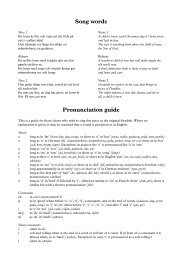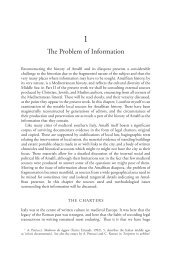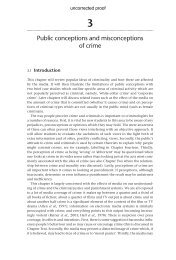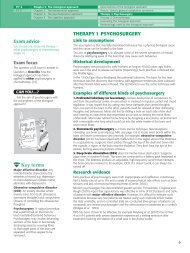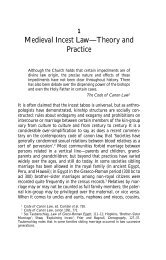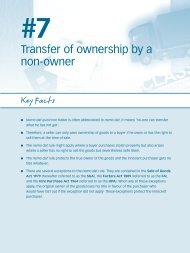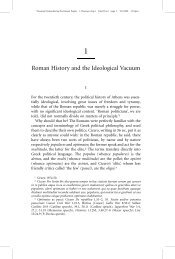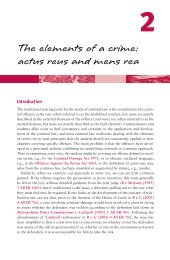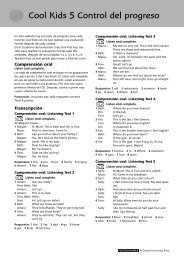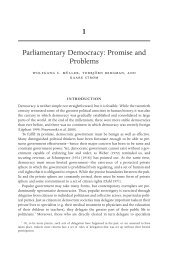Chapter 11 The Tort of Negligence - OED-update - Oxford University ...
Chapter 11 The Tort of Negligence - OED-update - Oxford University ...
Chapter 11 The Tort of Negligence - OED-update - Oxford University ...
You also want an ePaper? Increase the reach of your titles
YUMPU automatically turns print PDFs into web optimized ePapers that Google loves.
<strong>Chapter</strong> <strong>11</strong> <strong>The</strong> <strong>Tort</strong> <strong>of</strong> <strong>Negligence</strong> 365<br />
<strong>The</strong>se factors interlink with each other and cases are decided on taking a balanced view<br />
<strong>of</strong> all the relevant circumstances.<br />
<strong>The</strong> probability <strong>of</strong> harm<br />
Where it is highly probable that injury will be caused to someone by a defendant’s actions,<br />
particularly if the injury caused may be serious, then it is likely that the defendant will have<br />
breached his duty <strong>of</strong> care. <strong>The</strong> more likely the harm, the more caution required to meet the<br />
standard <strong>of</strong> care necessary.<br />
<strong>The</strong> following two cases both concern cricket balls being hit over a perimeter fence. In<br />
the first case, the defendant was not liable because the risk <strong>of</strong> harm was relatively small,<br />
whereas, in the second case, the defendant was liable because the risk <strong>of</strong> injury was sufficiently<br />
large to have expected the defendant to take greater precautions to prevent injury<br />
occurring.<br />
Bolton v Stone (1951)<br />
Facts: A batsman, playing in a cricket ground run by the defendant cricket club, hit a cricket ball<br />
over a 17-foot-high fence. <strong>The</strong> claimant, Miss Miller, who was in the street outside the cricket<br />
ground, was hit by the ball. A ball had been hit outside the fence six times in 30 years; therefore,<br />
the risk <strong>of</strong> it happening was foreseeable but small.<br />
Decision: <strong>The</strong> defendant club was not liable. <strong>The</strong>y had taken reasonable precautions in maintaining<br />
a 17-foot fence and the risk <strong>of</strong> a ball going over the fence was so small that the club was<br />
entitled to ignore it.<br />
Miller v Jackson (1977)<br />
Facts: <strong>The</strong> claimant’s house, which was close to a village cricket ground, was damaged by<br />
cricket balls. Balls were hit over the fence about eight or nine times a season, and the claimant’s<br />
property had been damaged more than once.<br />
Decision: <strong>The</strong> defendant cricket club was liable. <strong>The</strong> risk was sufficiently large to have expected<br />
more precautions from the cricket club.<br />
<strong>The</strong> potential seriousness <strong>of</strong> the harm<br />
In cases where the risk <strong>of</strong> injury to the claimant is small, but the gravity <strong>of</strong> the injury if it<br />
occurs is great, then it is more likely that a duty <strong>of</strong> care will be broken if precautions are<br />
not taken, provided that the injury, although perhaps unlikely, is foreseeable.




